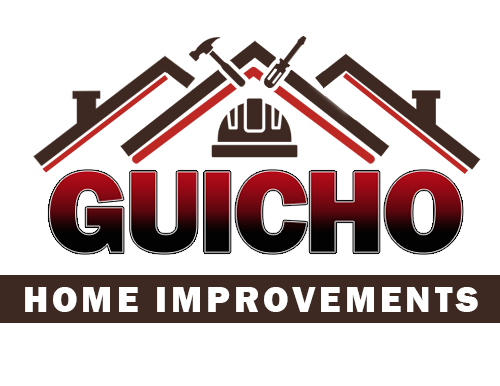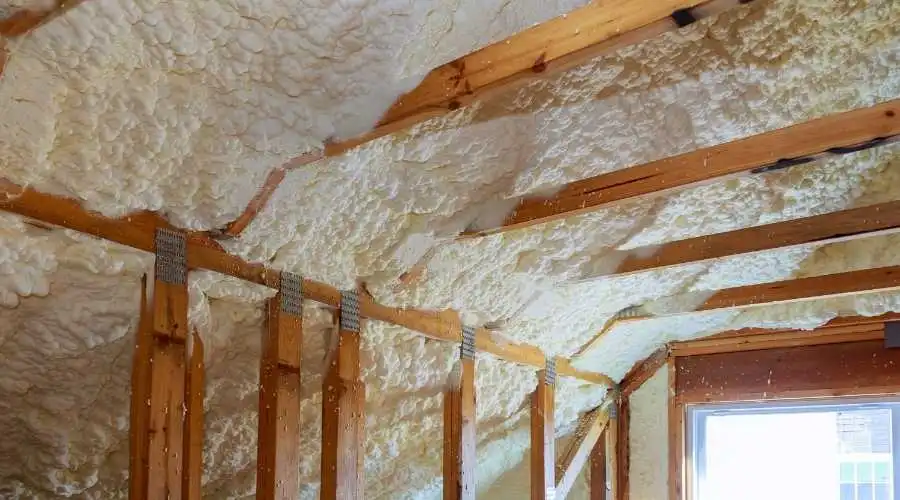There are several benefits of upgrading your home’s insulation. Among them are enhanced comfort and energy savings. Both fiberglass and cellulose insulation are effective solutions for residential insulation.
While our experts will always assist you in choosing the proper insulation for your house, we’ve produced this summary of the advantages and downsides of each type to help you understand our suggestions.
Fiberglass Insulation
Fiberglass insulation commonly comes in rolls and batts. Additionally, you can use loose-fill fiberglass insulation in regions that are difficult to access or where batts cannot be used.
Molten sand and recycled glass are used in the production of fiberglass insulation by manufacturers. Fiber flexibility is maintained through the addition of boric oxide by manufacturers, preserving the insulating capability of the fiber. A fire-resistant material, Boric oxide is also retardant to pests. As a result, fiberglass is an excellent all-purpose insulator for your house.
Benefits of Fiberglass
Fiberglass insulation is a low-cost, quick-to-install, and long-lasting insulation alternative.
Quick Installation
For specialists, installing rolls or batts insulation is quick and uncomplicated. Installers swiftly cover exposed crawl spaces or hard-to-reach areas. Moreover, the material is incredibly easy to cut to size for insulating around protrusions such as vents and HVAC equipment and in odd-shaped places.
Longevity
Fiberglass insulation comprises an inert material that lasts for many years. Manufacturers tend to give hefty warranties on fiberglass insulation as well. For instance, Owens Corning offers a 10-year limited warranty on all fiberglass insulation. It applies to rolls, batts, and loose-fill insulation.
Comfort
Drafty interiors are attributable to a multitude of issues. Inadequate insulation around outdated or inadequately fitted windows is one example. To further improve your home’s overall comfort, professionals can seal any air leaks found after installation.
Noise Suppression
Fiberglass insulation lowers sound transmission. New insulation may minimize the noise coming from the outside and the amount of sound transmitted to the inside of the house. It is beneficial for residences located near congested thoroughfares. Ratings for the Noise Reduction Coefficient (NRC) range from 0 to 1. Any substance with an NRC of more than 0.65 is a good sound absorber. Fiberglass insulation gets a score of about 0.90 to 0.95 from the NRC.
Natural Flame Resistance
A melted glass that has been turned into threads is not flammable. It enhances the insulation’s fire resistance, giving many homeowners greater peace of mind. On the other hand, cellulose insulation necessitates extensive treatment to meet current fire safety regulations.
Recycled Materials
When making fiberglass insulation, it’s common practice to incorporate some recycled glass. Owens Corning guarantees that at least 40% of its fiberglass insulation is made from recycled materials. It is the highest approved level in the market, making it a terrific choice for environmentally-conscious homes.
Drawbacks of Fiberglass Insulation
In attics with numerous protrusions (pipes, fans, etc.), it may be more expensive to use rolls or batts because of the additional time and work needed for installation. Loosefill is an alternative to batt insulation, providing more R-value but less effectiveness in high-humidity areas.
Energy Generation
The production of fiberglass insulation is more energy-intensive than that of cellulose insulation. Fiberglass insulation, on the other hand, saves 12 times as much energy as it takes to make it in the first year.
Temperature & Humidity Sensitivity
If fiberglass insulation gets wet, it doesn’t work as well. As a result of the product losing insulating properties due to water droplets dislodging air, it does not lose its insulating properties as quickly as wet cellulose. Fiberglass has a lower R-value in cold temperatures because it is more temperature-sensitive than cellulose.
Cellulose Insulation
Cellulose has been used to keep things warm for a long time. Manufacturers can use any plant-based substance with a low heat conductivity to build it. Some examples include recycled paper, cardboard, sawdust, cotton, straw, and hemp. Loosefill cellulose insulation is often used to insulate walls, attics, and lofts because it is easy to put up and can fit into small places.
Benefits of Cellulose
The most frequent source material in this sort of insulation is recycled paper and cardboard. The fact that cellulose insulation is mostly a recycled substance is a plus for environmentally-conscious households.
Efficient
Cellulose blow-in insulation has proven to be a highly effective method of ensuring your home. 3.2 to 3.8 is the R-value per inch. An R-30 rating is achieved with a layer eight to nine inches thick. In comparison, 12 inches of fiberglass insulation would be required to attain an R-30 rating of the same quality. As a result, cellulose is an excellent material for tight spaces, such as existing walls.
Fits Challenging Areas
There are places where batts or rolls are not possible, such as existing walls, attics, and crawl spaces. Fortunately, cellulose insulation can be blown into a one-inch hole. It is possible to blow cellulose insulation into hard-to-reach places after the installation is completed.
Ease
The elimination of drafts is one of the primary benefits of cellulose insulation blown into the walls and ceilings. On the other hand, fiberglass doesn’t tend to block airflow either.
Noise Reduction
Sound absorption is an essential feature of cellulose insulation, just like fiberglass. When it comes to human speech, the mid-range frequencies are critical. Cellulose insulation is excellent in reducing noise in the home because of its ability to absorb sound. In many cases, the NRC rating for cellulose insulation is 0.80 or higher.
Pest Prevention
Cellulose insulation is treated with fire-retardant borates by the manufacturer. These boron-based compounds work as effective pest and rodent repellents to relieve concerned homeowners.
Energy Reduction
Compared to its fiberglass equivalent, cellulose insulation uses up to ten times less energy in its manufacturing process.
Drawbacks of Cellulose
The disadvantages of cellulose insulation are limited when a qualified specialist installs it. The fact that it is blown-in loose-fill insulation is often seen as a drawback.
Installation Difficulties
The installation of blown-in cellulose insulation requires sufficient ventilation due to the dust that is created. Some specialists choose a wet-spray installation method, briefly softening the cellulose to reduce dust.
Setup
Blown-in cellulose insulation might lose up to 20% of its insulating value due to settlement after installation. Professional installation that anticipates settling is the key to success.
Functionality Reduced by Wetness
When cellulose insulation gets wet, it loses its R-value. In extreme circumstances, mold may form, causing more difficulties. Professional installation takes care of this problem upfront before it even arises.
Conclusion
Fiberglass is a terrific option for insulation material if you’re building a house or addition and need insulation that’s easy to get to. Cellulose insulation that is blown in works well in existing walls and other hard-to-reach places where fiberglass might not be a good option.
The ideal type of insulation for any given home is unique to that individual’s needs. Our team of specialists will examine your demands and budget to assist you in making a decision that works for you. In either case, the installation cost will be paid back within a few years, and the money you could save on energy costs will add up to thousands of dollars over time.
Reach Out to Us Today
Wayne NJ Roofing is a company that helps a lot of New Jersey homeowners with roofing, windows, insulation, and siding. Most of our business comes from repeat clients who tell their friends about us.
We know how to match the proper roofing and siding products to the architectural style of your home. Our warranties are some of the best in the business. We also have much more insurance than is required by law, so we can better serve and protect our customers.
We’d love the chance to talk with you about your needs. Please call us at (862) 292-9892 if you need quick, professional, and friendly help.





